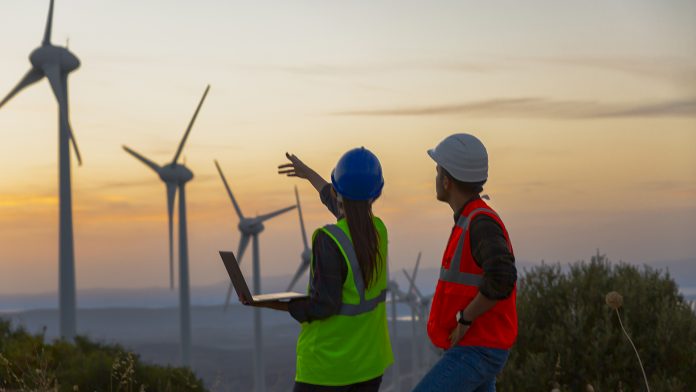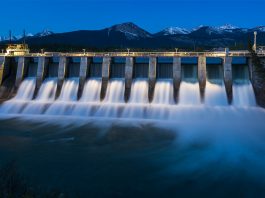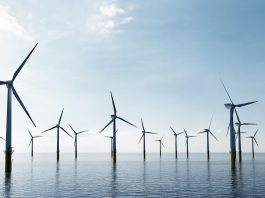Researchers highlight the necessity to collect and map the carbon benefits of wind power, silviculture and peatlands to analyse their environmental impact.
While renewable energy is crucial to the newly adopted clean energy transition, wind power turbines cannot be constructed too close to residential areas due to noise and landscape factors. On the other hand, building turbines in uninhabited areas makes nature more fragmented and affects the local wildlife.
The repeated use of forests and peatlands has an impact on carbon sinks. The LandUseZero project, coordinated by the Natural Resources Institute Finland (Luke), aims to develop an operating model that makes land use for wind power sensible and acceptable for people as well as the environment.
LandUseZero project
The project will begin by developing a harmonised method to calculate the climate impact of wind power, silviculture and peatlands based on carbon dioxide and other greenhouse gas emissions. In this way, the net climate impact of each type of land use can be evaluated with each other.
“This is particularly challenging, as the impact of wind power is normally calculated in hours, that of forests in years, and that of peatlands in tens or even hundreds of years,” explained Anne Tolvanen, programme leader and professor at Luke. “What is more, the emissions reduction impact of wind power changes over time when the volume of fossil energy replaced decreases.”
The operating model is due to be developed in cooperation between scientists, land use planners, and government decision makers. The municipality of Li will act as the pilot site.
“Li was a natural choice, as it is merited in climate activities both nationally and globally, and we have already worked together, especially regarding the use and restoration of peatlands,” Tolvanen said. Other pilot sites are located within the regions of Southwest Finland, Satakunta, and North Karelia.
“For Li, the project serves to develop comprehensive and carbon neutral land use that addresses biodiversity, can be calculated, and supports the municipality’s strategy and forest plan,” added Lauri Rantala, coordinator of Li River management Micropolis in Li. “It is better to sequester carbon and nutrients in forests and soil than to release them into the air and watercourses.”
People’s conflicting attitudes towards wind power
A nationwide survey is due to commence at the beginning of 2022. Its hypothesis is that, while there is a general consensus in Finland about the necessity of climate change mitigation, the local impact of different measures may cause disagreement among people. As a result, the survey aims to identify people’s attitudes towards wind power, and a climate-smart and biodiversity-fostering use of forests and peatlands.
“Our goal is to bring all of the aforementioned factors together to place wind power, the use of forests and the restoration of peatlands optimally on a map, while producing benefits for the climate and biodiversity, and making the outcome acceptable by people,” Tolvanen said.
Additionally, the financial review will examine the societal costs of these climate measures, the willingness of people to participate, and forest owners’ attitude to accept climate measures to be carried out on their land.
The LandUseZero project is scheduled to be conducted in several organisations. VTT Technical Research Centre of Finland, in collaboration with Recognis, will evaluate the emission reduction potential of wind power, while the Geological Survey of Finland (GTK) will examine the impact of peatland restoration on the climate and biodiversity. The University of Eastern Finland will be responsible for spatial optimisation. Luke will conduct the survey, as well as prepare calculations of the impact of forest use and the overall financial effect of different measures.
The project is part of the Catch the Carbon climate programme, launched by the Ministry of Agriculture and Forestry, aimed to reduce the greenhouse gas emissions of agriculture, forestry and other land use, strengthening carbon sinks and stocks. The project is scheduled to be carried out between 2021 and 2023.









